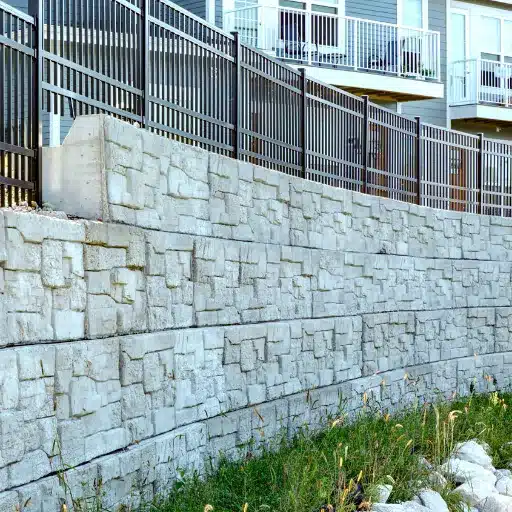
The creation of strong and lasting retaining walls is a key factor in the development of modern infrastructure, particularly in […]
Bituminous Geomembrane ranks among Chinas top makers and suppliers of bitumen-lined liners. Contractors in civil work and environmental protection turn to it when they need sturdy, trouble-free membranes. Its sheets outlast rivals thanks to unmatched waterproofing, long life, and attention to detail built into every roll. The company pairs strong products with quick support, guarding job-site performance and keeping clients happy. Trust Bituminous Geomembrane for flexible answers and time-tested know-how that adapt to your exact project goals.
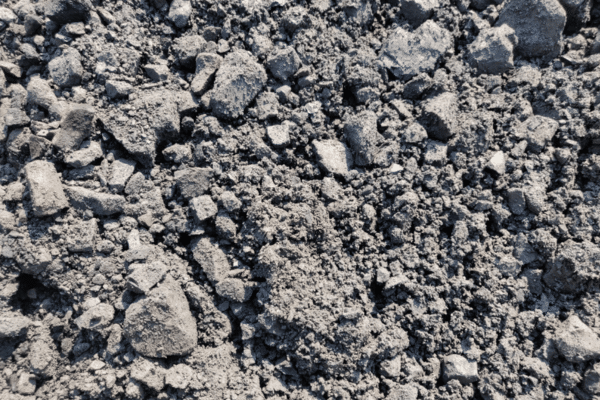
Bituminous Geomembrane refers to bituminous geomembranes, highly durable impermeable membranes crafted from bitumen combined with reinforcement layers such as polyester or fiberglass. Widely utilized for bituminous waterproofing, they excel in preventing moisture penetration and ensuring long-term protection in challenging environments. These geomembranes are commonly applied in tunnels, foundations, underground parking structures, and roofing projects, offering robust resistance to water, chemicals, and weathering.
Bituminous Geomembrane offers exceptional waterproofing and durability, resisting water and weathering for tunnels and foundations. Its flexible, reinforced structure adapts to movements, with strong adhesion ensuring stability in various construction projects.
Bituminous Geomembrane provides a robust barrier against water infiltration, ensuring dry conditions in tunnels and foundations.
Its bitumen composition resists weathering and chemical degradation, offering long-lasting performance in harsh environments.
The reinforced structure adapts to structural movements, making it ideal for dynamic applications like roofing and underground projects.
Bituminous Geomembrane bonds strongly with substrates, enhancing stability and sealing efficiency in diverse construction settings.
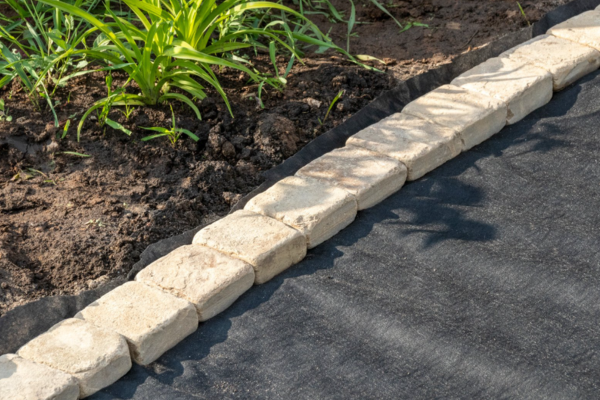
A robust geomembrane with a single non-woven geotextile layer impregnated with elastomeric bitumen, offering waterproofing and puncture resistance for applications like ponds and landfills.
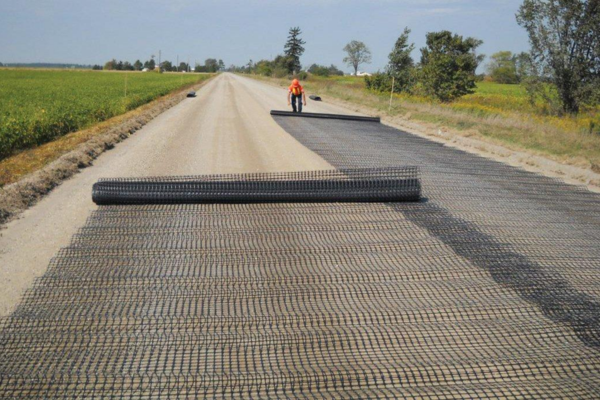
Features two non-woven geotextile layers with elastomeric bitumen, enhancing mechanical strength and waterproofing, ideal for demanding projects like heap leach pads and canal linings.

A thinner, cost-effective option with reduced mechanical properties, suited for less intensive uses like secondary containment, with easy installation under moderate conditions.
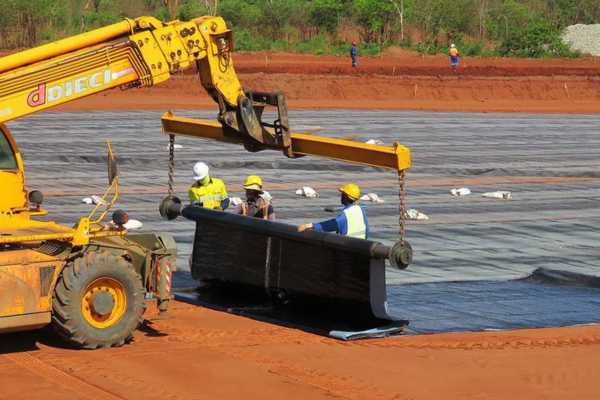
A thick, reinforced geomembrane designed for harsh environments, providing high puncture resistance and durability for mining, dams, and large-scale containment projects.
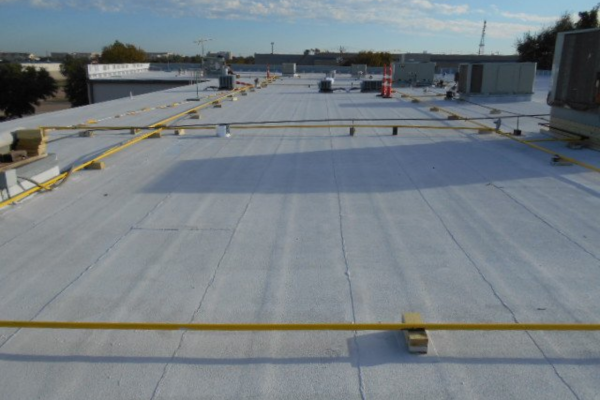
Incorporates atactic polypropylene (APP) or styrene-butadiene-styrene (SBS) to improve elasticity and UV resistance, perfect for exposed applications like reservoirs and tunnels.
| Parameter Name | Example Value | Units | Notes/Description |
|---|---|---|---|
| Tensile Strength (MD/Warp) | 80 | kN/m | Ultimate Strength in Machine Direction |
| Tensile Strength (MD/Warp) | 5500 | lbs/ft | Ultimate Strength in Machine Direction |
| Tensile Strength (CD/Weft) | 70 | kN/m | Ultimate Strength in Cross Direction |
| Tensile Strength (CD/Weft) | 4800 | lbs/ft | Ultimate Strength in Cross Direction |
| Elongation (MD/Warp) | 20 | % | % Strain at Break in Machine Direction |
| Elongation (CD/Weft) | 25 | % | % Strain at Break in Cross Direction |
| CBR Puncture Resistance | 2500 | N | Resistance to localized puncture load |
| CBR Puncture Resistance | 560 | lbs | Resistance to localized puncture load |
| Apparent Opening Size (AOS) | 0.4 | mm | Max particle size retained (0.4s) - e.g., Sieve No. 40 |
| Permittivity | 40 | Sieve No. | Water flow rate perpendicular to plane |
| Permittivity | 0.25 | s⁻¹ | Water flow rate perpendicular to plane |
| Mass Per Unit Area | 200 | g/m2 | Weight of the fabric |
| Mass Per Unit Area | 6 | oz/yd² | Weight of the fabric |
| Material Type | Bitumen with Polyester | N/A | Material used for the geomembrane |
| UV Resistance (500 hrs) | 60 | % Retained | Minimum % strength retained after standard UV exposure |
| Roll Width | 4 | m | Standard roll width |
| Roll Width | 13.1 | ft | Standard roll width |
| Roll Length | 50 | m | Standard roll length |
Unmatched Waterproofing: We provide bituminous geomembranes with superior waterproofing, ensuring dry and secure environments in tunnels and foundations.
Exceptional Durability: We craft our products with high-quality bitumen, resisting weathering and delivering long-lasting performance for all projects.
Flexible Design: We engineer our geomembranes with flexibility to adapt to structural movements, perfect for dynamic roofing applications.
Strong Adhesion: We ensure excellent bonding with substrates, enhancing stability and sealing efficiency across diverse uses.
Tailored Solutions: We offer customized options to meet your specific project needs, guaranteeing satisfaction and effectiveness.

Understand from our clients what they say about doing business with us and the unique value addition we provide.


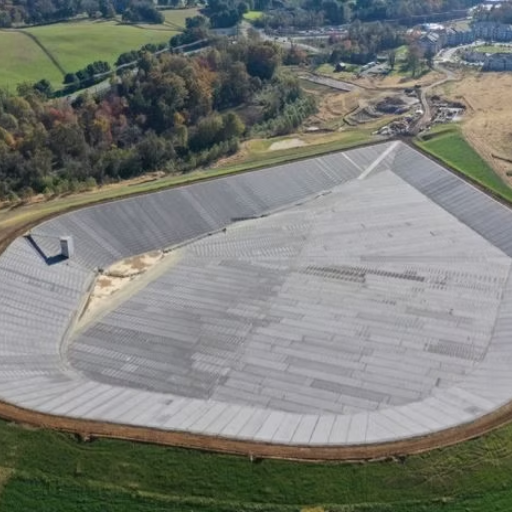
A bituminous geomembrane (BGM) is a type of geomembrane composed of a reinforcing geotextile, typically polyester or glass fleece, impregnated with elastomeric bitumen to provide mechanical strength and impermeability. It may include additional layers such as sand or a polyester film, and is distinguished by its wide roll width (exceeding 5 meters) and substantial thickness (up to 6.0 mm), designed for environmental protection, civil infrastructure, and mining applications.
Yes, bituminous geomembranes are inherently waterproof due to the elastomeric bitumen component, which forms an impermeable barrier. This property is enhanced by the reinforcing geotextile, ensuring long-term water tightness, as demonstrated by successful applications in dam waterproofing and waste containment over decades.
Bituminous geomembranes are utilized in environmental protection (e.g., landfill liners, tailings facility covers), civil infrastructure (e.g., canal linings, dam waterproofing), mining (e.g., heap leach pads), and transportation (e.g., waterproofing unstable foundations). Their flexibility and resistance to harsh conditions make them suitable for diverse applications, including wastewater lagoons and green roof systems.
Bituminous geomembranes exhibit good chemical resistance, particularly to a range of acids, bases, salts, and solvents, as well as leachates from municipal solid waste and mining solutions. However, their resistance varies with exposure conditions (e.g., temperature, pH) and the specific bitumen formulation, with some degradation observed in the presence of surfactants or prolonged chemical exposure, though generally limited.
Bituminous geomembranes consist of a geotextile reinforced with elastomeric bitumen, offering high mechanical strength, flexibility, and impermeability, with thicknesses up to 6.0 mm and wide rolls. Plastic geomembranes, typically made from polymers like HDPE or PVC, are thinner (0.25–3.5 mm), lack a geotextile core, and rely on the polymer’s chemical properties for waterproofing. BGMs are more durable in harsh environments and less prone to UV degradation, while plastic geomembranes offer greater chemical resistance and are easier to seam.
The service life of bituminous geomembranes varies depending on environmental conditions, installation quality, and maintenance, but evidence suggests it can exceed 30–40 years.
Maintain Inventiveness by Following The Blog for the Latest Best Practices, Techniques, Innovations, and Insights in the Field.
The creation of strong and lasting retaining walls is a key factor in the development of modern infrastructure, particularly in […]
When it comes to maintaining a pristine and thriving garden, dealing with relentless weeds can feel like a never-ending battle. […]
How do I protect my lawn from heavy equipment? A lot of hard work goes into keeping an immaculate and […]
Making sure containment systems in modern civil engineering projects are functional and sustainable is of utmost importance. Bituminous Geomembrane (BGM) […]
Maintaining a beautiful garden is a hard job that involves planting and watering, but another challenge every gardener needs to […]
High-density polyethylene (HDPE) geomembrane liners are now inseparable from various industries. Their properties have been unmatched with durability, chemical resistance, […]
The apt foundation is key to building a driveway that is durable, stable, and environmentally friendly. Traditionally, paving has always […]
In order to have a healthy and attractive garden, it is not only necessary to plant flowers and water them […]
Unlock the superior durability and waterproofing capabilities of bituminous geomembranes (BGM) with our tailored solutions. Ideal for landfills, mining, dams, and water management, BGMs offer exceptional resistance to UV, chemicals, and punctures, ensuring long-term performance. Contact us today to request a competitive bituminous geomembrane price quote and explore how our innovative liners can meet your specific needs, enhancing environmental protection and project efficiency. Act now to secure your quote!
A: The primary material in bituminous geomembranes is elastomeric bitumen, which is impregnated into a reinforcing geotextile, typically polyester or glass fleece, and may include additional layers such as sand or a polyester film for enhanced performance.
A: Bituminous geomembranes are widely used in environmental protection (e.g., landfill liners, tailings covers), civil infrastructure (e.g., canal linings, dam waterproofing), mining (e.g., heap leach pads), and transportation (e.g., foundation waterproofing), owing to their flexibility and durability.
A: Bituminous geomembranes achieve waterproofing through the impermeable properties of elastomeric bitumen, reinforced by a geotextile core, creating a robust barrier that has proven effective in long-term applications such as dam linings and waste containment.
A: The typical thickness of bituminous geomembranes ranges up to 6.0 mm, with variations depending on the specific application and the number of reinforcing or protective layers incorporated.
A: Bituminous geomembranes exhibit good resistance to UV exposure due to the bitumen’s natural properties and the protective geotextile layer, though prolonged exposure may require additional coatings or coverings to maintain optimal performance over decades.
A: Bituminous geomembranes are installed by unrolling large-width sheets (over 5 meters) onto prepared surfaces, overlapping and sealing seams with heat welding or adhesives, and securing with anchoring systems tailored to the site’s geotechnical conditions.
A: The service life, which can exceed 30–40 years, is influenced by environmental factors (e.g., UV exposure, temperature), installation quality, maintenance practices, and chemical interactions, with regular inspections recommended to ensure longevity.
A: Bituminous geomembranes contribute to environmental benefits by providing effective containment for hazardous waste and leachates in landfills and mining operations, reducing soil and water contamination, and supporting sustainable infrastructure projects such as green roofs and dam linings, thereby minimizing ecological impact.